The Vermont Statutes Online
The Statutes below include the actions of the 2025 session of the General Assembly.
NOTE: The Vermont Statutes Online is an unofficial copy of the Vermont Statutes Annotated that is provided as a convenience.
Title 10 : Conservation and Development
Chapter 159 : Waste Management
Subchapter 001 : GENERAL PROVISIONS
(Cite as: 10 V.S.A. § 6604c)-
§ 6604c. Management of development soils
(a) Management of development soils. Notwithstanding any other requirements of this chapter to the contrary, development soils may be managed at a location permitted pursuant to an insignificant waste event approval authorization issued pursuant to the Solid Waste Management Rules that contains, at a minimum, the following:
(1) the development soils are generated from a hazardous materials site managed pursuant to a corrective action plan or a soil management plan approved by the Secretary;
(2) the development soils have been tested for arsenic, lead, and polyaromatic hydrocarbons pursuant to a monitoring plan approved by the Secretary that ensures that the soils do not leach above groundwater enforcement standards;
(3) the location where the soils are managed is appropriate for the amount and type of material being managed;
(4) the soils are capped in a manner approved by the Secretary;
(5) any activity that may disturb the development soils at the permitted location shall be conducted pursuant to a soil management plan approved by the Secretary; and
(6) the permittee files a record notice of where the soils are managed in the land records.
(b), (c) [Repealed.]
(d) On or before July 1, 2017, the Secretary shall adopt rules that allow for the management of excavated soils requiring disposal that contain PAHs, arsenic, or lead in a manner that ensures protection of human health and the environment and promotes Vermont’s traditional settlement patterns in compact village or city centers. At a minimum, the rules shall:
(1) include statewide or regional background concentration levels for PAHs, arsenic, and lead that are representative of typical soil concentrations and found throughout existing development areas;
(2) specify that development soils with concentration levels equal to or lower than the background concentration levels established by the Secretary shall not be defined as or required to be treated as solid waste;
(3) include criteria for determining site-specific maximum development soil concentration levels for PAHs, arsenic, and lead;
(4) in addition to disposal at a certified waste facility, adopt a process for the management or disposal of development soils that have concentration levels that exceed residential soil screening levels, but are below the site-specific maximum development soils concentration levels;
(5) adopt a process to preapprove sites to receive development soils from multiple developments; and
(6) be designed to provide that the criteria established under subdivision (3) of this subsection and the process developed under subdivision (4) of this subsection shall be no less protective of human health and the environment than the standard for development soils and the process established under subsection (b) of this section.
(e) At any time, the Secretary may adopt by rule background and maximum concentration levels for other potentially hazardous material in soils such that the development soils containing these other materials would be categorized and treated according to the rules adopted by the Secretary under subsection (d) of this section. (Added 2015, No. 52, § 3, eff. June 5, 2015; amended 2015, No. 150 (Adj. Sess.), § 37a, eff. May 31, 2016; 2019, No. 131 (Adj. Sess.), § 28; 2025, No. 69, § 15, eff. July 1, 2025.)

